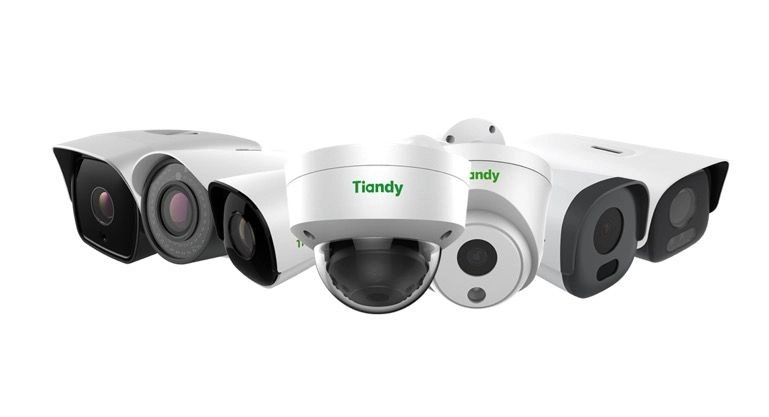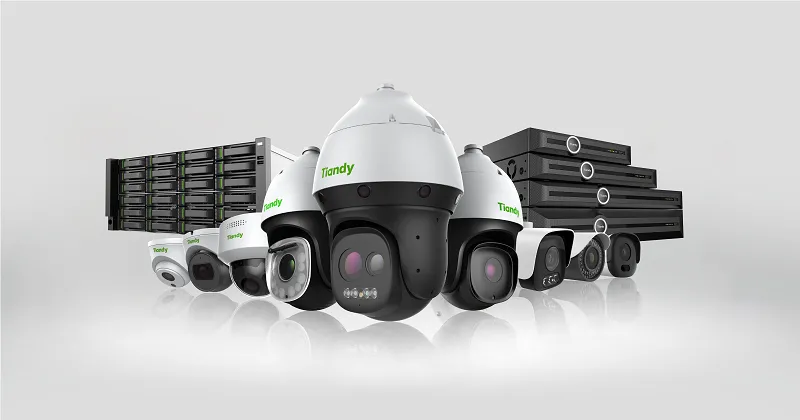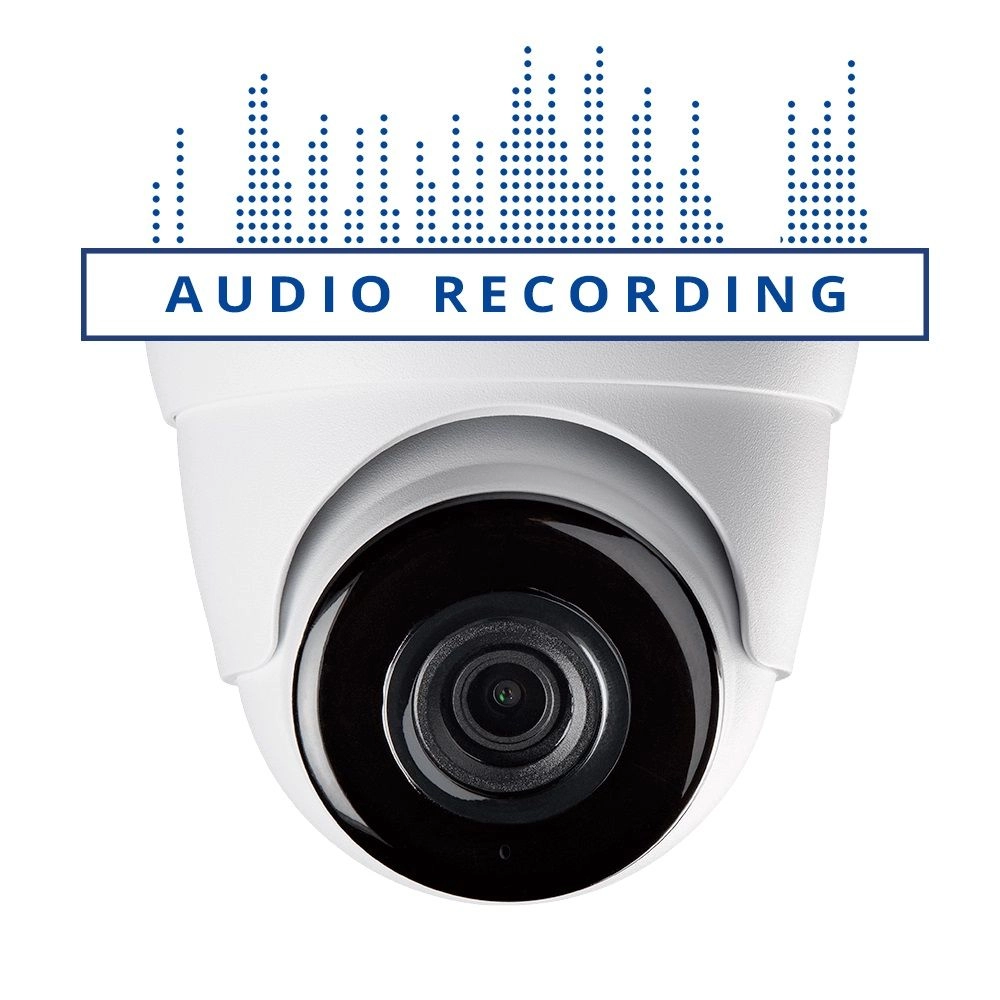Everything To Know About CCTV Monitoring
CCTV (Closed-Circuit Television) monitoring involves using cameras to capture video footage and transmitting it to a specific location for viewing and analysis. Here's a comprehensive guide to CCTV monitoring:
Components of CCTV Monitoring:
-
Cameras: These are the primary components that capture video footage. They come in various types (e.g., dome, bullet, PTZ) and can have different features such as night vision, motion detection, and varying resolutions.
-
Recording Device (DVR/NVR): The captured footage is stored in a Digital Video Recorder (DVR) or Network Video Recorder (NVR). DVRs are used for analog cameras, while NVRs handle IP-based cameras.
-
Monitors: These display live or recorded video feeds from the cameras. Monitors can be located in control rooms, security offices, or any designated viewing area.
-
Transmission Equipment: This includes cables, switches, routers, and sometimes wireless devices that transmit video signals from cameras to the recording device and monitors.
Key Aspects of CCTV Monitoring:
-
Surveillance and Security: The primary purpose is to monitor and enhance security in various settings, such as homes, businesses, public spaces, and institutions.
-
Crime Prevention and Investigation: CCTV systems aid in deterring criminal activities and provide valuable evidence for investigations.
-
Remote Monitoring: Many modern CCTV systems allow remote access, enabling users to view live feeds or recorded footage from anywhere using smartphones, tablets, or computers.
-
Motion Detection and Alerts: Some systems have motion sensors that trigger alerts or alarms when motion is detected within the camera's field of view.
-
Privacy and Legal Considerations: Installation and use of CCTV systems must comply with privacy laws and regulations. Cameras should not invade private spaces without consent.
Benefits of CCTV Monitoring:
-
Crime Deterrent: Visible cameras can deter potential criminals from targeting a property.
-
Evidence Collection: Recorded footage serves as evidence in investigations or legal proceedings.
-
Employee Monitoring and Productivity: In business settings, CCTV can monitor employee activities and increase productivity.
-
Public Safety: Used in public spaces to enhance safety and monitor large gatherings or traffic.
Considerations for Effective Monitoring:
-
Camera Placement: Proper placement ensures maximum coverage without blind spots.
-
Image Quality: High-resolution cameras provide clearer images for identification and analysis.
-
Maintenance and Upkeep: Regular maintenance ensures cameras and systems are functioning optimally.
-
Data Security: Protect recorded footage from unauthorized access or tampering.
CCTV monitoring is a powerful tool for enhancing security and surveillance across various settings, but it's crucial to implement it responsibly and ethically while adhering to legal guidelines.
For any queries on CCTV systems, Click to view more







